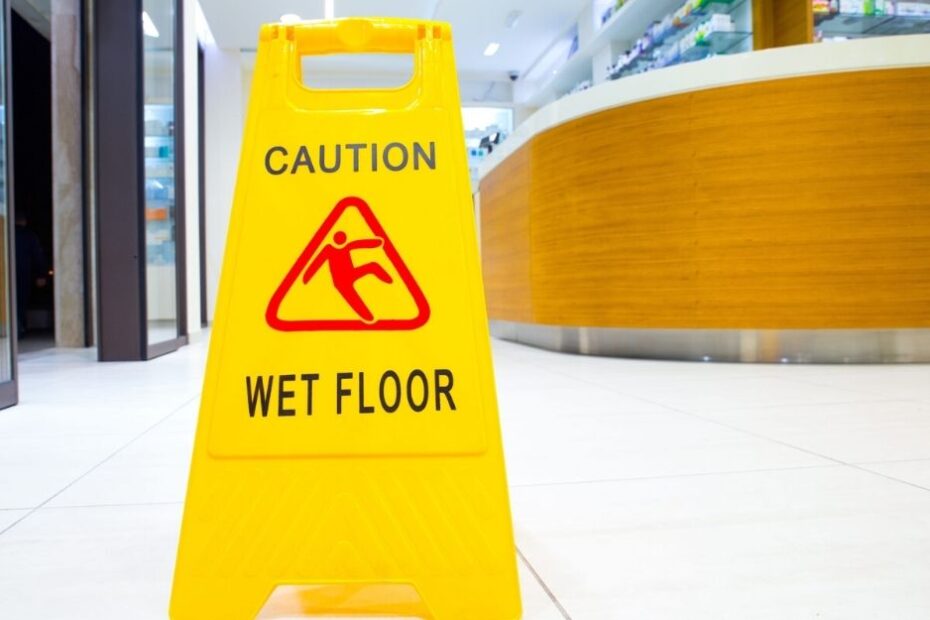If You Have a Slip and Fall
A slip and fall can happen anywhere, but often occurs in a public place like a shopping centre, supermarket, a restaurant, a pub, or a café.
It’s easy to think that a slip and fall won’t cause significant injury, but that is often not the case. A slip and fall generally occurs when the person is least expecting it, and consequently the injury can be more serious because the person is not able to arrest or stop their fall. It’s not uncommon to hear of broken hips, legs, arms, serious shoulder or back injuries being sustained due to a slip and fall.
The consequences of a slip and fall can be very serious and result in a need for expensive medical treatment and time off work. A person without the benefit of sick leave, such as a casual worker, or a person who has just started a new job, or a person without savings or a personal policy of insurance to rely upon for support, could find themselves in a difficult situation, quickly.
If you suffer a slip and fall, take the following actions to ensure that you are able to make a claim for personal injury:
- Report the injury
Don’t leave the scene of the accident without reporting it. It’s understandable you may be embarrassed that it has happened and just want to get away, or you may be in pain and needing medical assistance. Do your best to ensure that you report the incident to a staff member – preferably a manager.
Make sure your name, phone number, and details of the incident, including time and location and how it happened, including the hazard you slipped in/on (water, milk, oil, a hot chip etc), are taken down. Ask for the name and contact details of the staff member to whom you reported the fall, and ask that a copy of the report completed be provided to you.
Don’t make the mistake of assuming that the employees of the business will note the details of the accident correctly, or that it will even be reported at all. It is up to you to ensure that the report is made.
- Take photographs
These days, most people carry cameras around in their pockets – in their mobile phones. If you are able, before you leave, take your phone out and photograph the area where the incident occurred, as soon as possible after the incident.
If there is a skid mark in liquid or material on the floor, try to get a clear photograph of that.
If there is liquid or other material on your body, or your clothes, as a result of the fall, take a photograph of that as well.
If you have bruising to any area of your body, take a photograph of that too.
Ensure that you note the time and date of each photograph, and make a note of whether there was a “wet floor” sign present at the time you fell.
- Don’t get rid of or throw away the shoes you were wearing
Take a photograph of the footwear you were wearing at the time of the fall, both of the top (to identify the brand and type of footwear) and the bottom (the tread).
Don’t throw the footwear away. It may be needed later.
- Keep tax invoices and receipts
It is best to seek medical treatment at the earliest opportunity, particularly to ensure that your injuries and disabilities are recorded.
If you seek treatment from any practitioner (GP, physiotherapist, psychologist etc), keep invoices and receipts.
If you need medication, keep invoices and receipts.
If you need to buy or rent bandages, creams, or other medical equipment (crutches, a walker), keep invoices and receipts.
If the store invites you to submit your invoices for reimbursement, make sure you keep copies.
- Seek legal advice
Don’t delay seeking legal advice. Slip and fall injuries are complicated. Whether the injury occurred on public or private property, and whether you think you might be able to make a claim or not, you should obtain a legal opinion about your rights. Ensure you seek advice at the earliest opportunity so that your compensation can be maximised, and relevant evidence is not lost.
At Bourke Legal, we can make arrangements to assist you.
